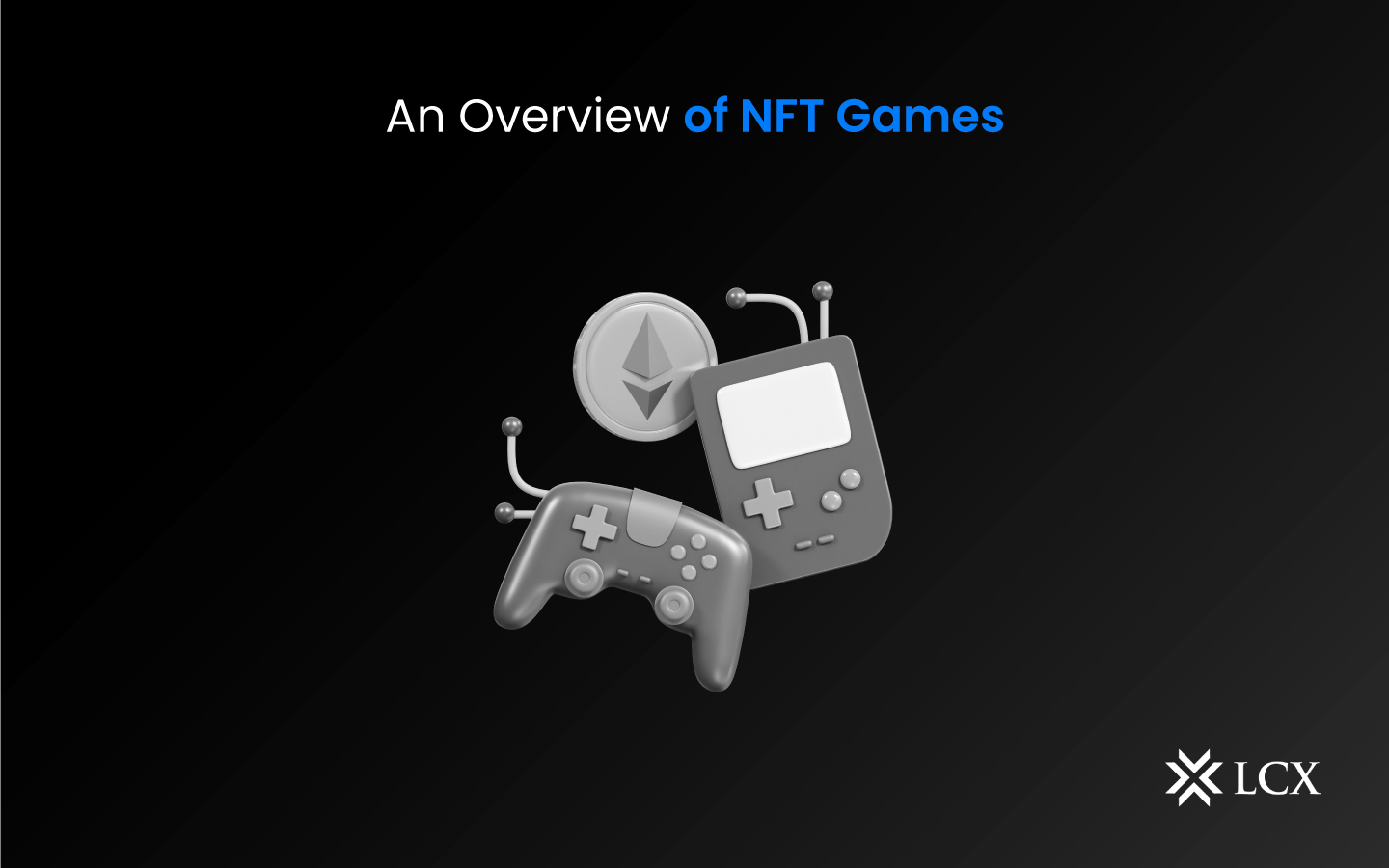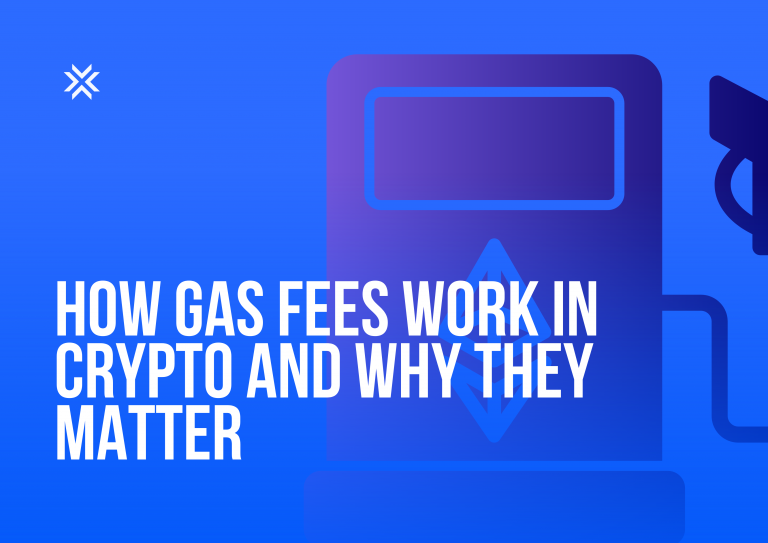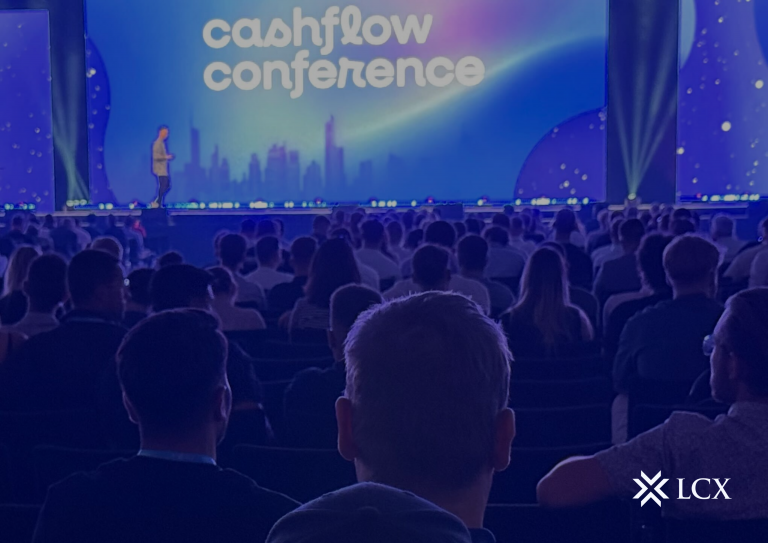The evolution of gaming lately has been significant. With the emergence of blockchain technology, the virtual world’s popularity and its incorporation into online gaming have reached an entirely new level. In gaming, NFTs, along with additional digital assets signifying in-game content, power the blockchain. In the Game-fi universe as a whole, NFT games are growing in popularity as a means to earn money. Users are able to market their in-game NFTs to different collectors and players, as well as acquire tokens by completing play-to-earn models. When transferring gaming NFTs, the user must use a suitable wallet.
They have evolved and started providing play-to-earn models since the CryptoKitties explosion began. Game-Fi, as it has become known, combines the realms of finance and gaming, allowing players to earn money while playing.
What are NFT Games?
They are Play-to-Earn (P2E) games that provide players with increased control over in-game assets. As the items that are available in the game are NFTs that can be bought, sold, and traded with other participants on the platform, they make it possible.
This was made practical by the development of games on the blockchain platform by experts. The in-game assets of these games are NFTs with distinct values and properties. This provides numerous benefits to those who own these products. The following are:
Immutability
As every possession in-game is an NFT, it operates on the distributed ledger even if the game itself has been closed down. Therefore, independent of the state of the game, enthusiasts can purchase or sell the NFTs they have on the marketplace.
Furthermore, these NFTs can be implemented into innovative games. As NFTs are founded on blockchain technology, their data is immutable and tamper-proof.
Interchangeability
In conventional games, the in-game assets can only be used within the game itself. These cannot be used in other applications. With the aid of blockchain technology, NFT operations alter this circumstance. NFT titles’ in-game items are interoperable. Thus, if two games are developed on the same blockchain, they can simply use the items that are available in one game in the other.
Possession
When the collector purchases an in-game item in a conventional game, it can only be bought and utilized by them in that game. In NFT games, however, because in-game items are constructed from NFTs, they can be bought, sold, or traded with other players. They are even able to employ them in a supported game of their choosing.
Provable Rarity
When a trader purchases an NFT, every aspect of it can be traced back to the time of its inception. Due to the immutability of blockchain records, collectors of rare and unique NFTs can be assured of their validity and scarcity.
Non-Fungibility
Each non-fungible token is distinct. It can’t swap one for another and expect to receive the same value. In a similar way, in crypto games, identical assets within the game are unlikely to have the same value.
Players may obtain in-game assets in the following ways:
- Through the creation or propagation of a new character
- Purchasing in-game assets through the game’s native platform or through third-party marketplaces.
- Unlocking and acquiring new items through the completion of objectives or missions.
How do NFT Games Function?
They are unlike simply retaining crypto-collectibles in a wallet. In the game’s laws, mechanisms, and player interactions, NFTs will be utilized. A game might depict a distinctive personality or avatar as an NFT, for instance. NFTs may also consist of digital artwork discovered in-game. It can then exchange or trade the NFTs for profit with other participants. A contemporary play-to-earn model enables players to earn income from NFT games.
So how to actually incorporate non-fungible tokens into a game setting? To trade, develop, and carry out non-fungible tokens (NFTs) within a game, developers construct smart contracts that define the NFTs’ rules. Smart contracts are pieces of code that execute themselves and are kept on a blockchain.
For example, CryptoKitties is structured around a modest number of main contracts. Their gene-science contract, which determines the random mechanisms that create new cats, is the most renowned. The game’s code was initially kept secret by its creators. Interested participants even created tools to analyze the probabilities of specific cat characteristics. With this knowledge, players could maximize their odds of developing a rare breed with a higher monetary value.
Play-To-Earn NFT Games
Play-to-earn NFT games offer players the opportunity to generate an income stream through gameplay. The longer a participant continues to play, the more tokens and occasionally NFTs they receive. Earned tokens are frequently required for the game’s crafting procedure.
Tokens may be obtained consistently through game play, but NFT drops are more subject to variability, making the former a more trustworthy technique. Play-to-earn has gained popularity among consumers in low-income countries as an alternative to or supplement to social security or a fixed income.
Conclusion
NFT gaming utilizes digital collectibles and establishes rules for the interaction of participants’ NFTs. Some individuals value NFTs for their collectibility, while others desire them for their utility. Many NFT games function similarly to trading card games, but not all collectors intend to play them. Game-fi has created new NFT gaming economies that have altered the ways in which individuals can earn NFTs. To earn money, it is no longer sufficient to rely solely on luck and accumulation; playing is also necessary.










